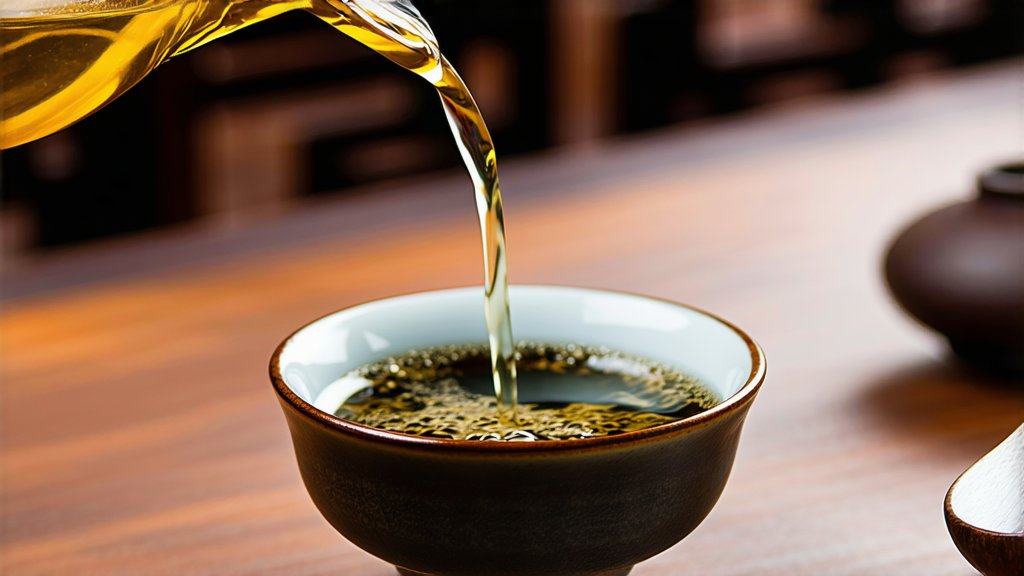
Nestled within the lush landscapes of Anhui Province lies Qimen County, a region renowned for its contribution to the world of fine teas—most notably, Keemun Black Tea. This exquisite variety has captured the hearts and palates of tea connoisseurs worldwide, owing to its rich history, distinctive flavor profile, and meticulous production process. As we embark on this exploration of Keemun Black Tea, let us delve into its storied past, the diversity of its types, the intricate art of its crafting, and the nuanced practice of its appreciation.
A Glimpse into History
The origins of Keemun Black Tea trace back to the Tang Dynasty (618-907 AD), with its prominence solidifying during the Qing Dynasty (1644-1912). Legend has it that a local farmer named Xian Hong discovered the unique processing method that would give birth to this extraordinary tea. His innovative approach involved withering fresh leaves under the sun, rolling them to release their juices, fermenting them until they turned black, and finally drying them over charcoal fires. This method not only preserved the leaves but also imbued them with a distinct aroma and taste that set Keemun apart from other black teas.
Keemun's rise to international fame came in the early 19th century when it became a favored choice among British royalty, earning the moniker "Qimen Black Tea" or simply "Keemun." Its popularity spread rapidly across Europe, making it a staple in many aristocratic households and cementing its status as one of China's most prized exports.
Varieties of Keemun Black Tea
Keemun Black Tea is not a monolith; rather, it encompasses several sub-varieties, each with its own characteristics and charm. Among these, two stand out prominently:
-
Gong Mei (Kung Mei): Often referred to as "Broken Tips," Gong Mei consists of young shoots and broken leaves. It is known for its robust flavor, brisk astringency, and deep color, making it ideal for blending with other teas or enjoying on its own for a full-bodied experience.
-
Xian Bai Hao (Hsien White Hair): Comprising only the finest buds and young leaves, Xian Bai Hao is the epitome of luxury in Keemun teas. Its golden tips lend a delicate sweetness and floral notes to the brew, creating a refined and elegant cup that is highly sought after by discerning tea drinkers.
The Craft of Keemun Production
The magic of Keemun Black Tea lies in its artisanal production process, which involves several meticulous steps:
-
Withering: Freshly picked leaves are spread out under the sun or in well-ventilated rooms to reduce moisture content, allowing enzymes to initiate oxidation.
-
Rolling: The withered leaves are then rolled either manually or using machines to break down cell walls, releasing juices that will later contribute to the tea's color and flavor.
-
Fermentation: Rolled leaves are piled together to undergo controlled oxidation, turning them a rich coppery-black hue and developing complex flavors.
-
Drying: Finally, the fermented leaves are dried over charcoal fires or in specialized drying machines. This step not only halts further oxidation but also imparts a smoky undertone to the tea, enhancing its depth of flavor.
Throughout this process, skilled tea masters carefully monitor temperature, humidity, and timing to ensure the perfect balance between astringency and sweetness, resulting in a tea that embodies the essence of its terroir.
Savoring Keemun: The Art of Appreciation
To truly appreciate Keemun Black Tea, one must engage in the ritualistic practice of tea tasting, or "nosing and sipping." Here’s a guide to enhance your sensory journey:
-
Warm the Teaware: Begin by warming your teapot and cups with hot water to maintain the optimal temperature for brewing.
-
Measure the Leaves: Use approximately 3 grams of loose leaf tea per 150ml of water for a standard serving. Adjust according to personal preference for stronger or milder flavors.
-
Infusion: Pour near-boiling water (around 95°C/203°F) over the leaves and let them steep for about 3-5 minutes. Experiment with steeping times to find your preferred strength.
-
Observe: Admire the dark amber liquor, noting its clarity and body. The color should be vibrant yet transparent, reflecting the quality of the tea.
-
Smell: Inhale the aroma deeply before sipping. Keemun should exhibit a harmonious blend of woody, fruity, and sometimes floral notes.
-
Taste: Take a small sip, allowing the tea to coat your palate fully. Notice the initial briskness followed by a lingering sweetness and a subtle dryness at the finish.
-
Relish: Savor each sip mindfully, appreciating how the flavors evolve with each infusion. High-quality Keemun can be steeped multiple times, revealing different layers of complexity.
In conclusion, Keemun Black Tea stands as a testament to China's rich tea heritage, offering a window into the country's cultural soul through its fragrant brew. From its humble beginnings in Qimen County to becoming an international icon, Keemun continues to enchant tea enthusiasts around the globe with its timeless allure. Whether you're a seasoned tea drinker or a curious novice, exploring the vast world of tea, Keemun invites you to slow down, partake in its ancient tradition, and savor life's simple pleasures one cup at a time.